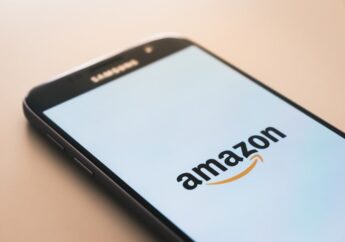Legacy of 80’s Department Stores – Let’s Find Out
by Ankita Tripathy Business Published on: 23 April 2024 Last Updated on: 24 September 2024

Department stores dominated the retail landscape for a long time. Until the 1980s, these stores were expanding in the suburbs of America. However, the small-scale department stores failed to compete against Walmart and Target. Let’s learn about 80’s Department Stores in this article.
These mass merchandisers had an arsenal of global supply chains, logistics, and advanced inventory control.
The mass retail brands brought down prices. At the same time, they started controlling the stakeholders on the supply side of the value chain. As a result, the 80’s department stores don’t exist anymore. Popular stores like “The Wall” or “Merry Go Round” are not visible anymore.

Mass retailer KMart purchased Waldenbooks in 1984. In the same way, other brands also lost track. But the 80’s department stores played a valuable part in retail. Most manufacturers wanted to launch their collections through them.
They were the face of the brand in the market. Do you also want to know what department stores where in whitehall in the early 80’s? What happened to those stores down the line?
This article explores the business strategies and consumer goodwill of the most loved 80s department stores. I have also explained why they lost to the modern-day retail mammoths.
Popular Department Stores in the 1980s
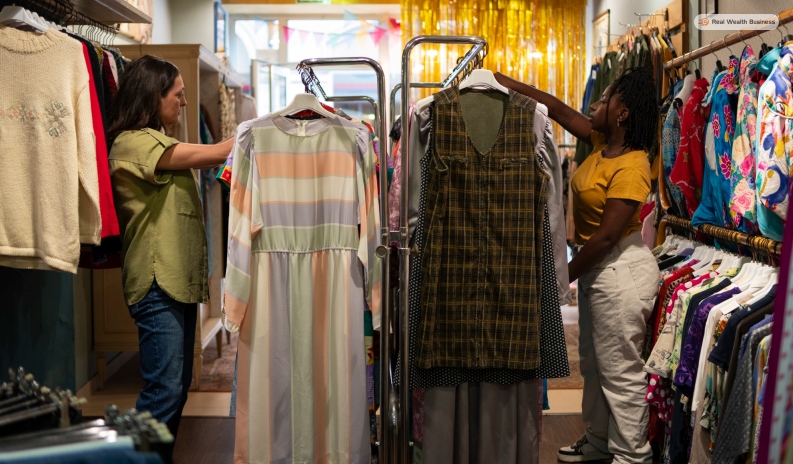
Do you know that department stores in the 80s were great for socializing? Each store had its own USPs.
Major Department Stores that Were Iconic in the 1980s
The major department stores from the 1980s were different from Target or Sears outlets. To name a few popular ones, we can speak of Babbage’s. They launched GameStop products in 30 stores across the USA.
Hess’s is a big name from the 80’s too. The Allentown-based mall was present in many malls. However, “The Wall” was the most talked about department store in the said era. It was a reputable music store that Camelot took over later.
Mention their Unique Selling Points and Customer Demographics
The Wall built a premium brand equity through aggressive physical expansion. But its suppliers were limited. Also, the brand focused on a small demographic segment of teens and early tees.
Waldenbooks had a better profile with 1035 stores across the USA. The brand liquidated due to the need for a focused customer base. They tried to target book lovers of all ages, which backfired.
Above all, the most creative store was Babbage’s, after the great Charles Babbage. The brand’s USP was an agile but effective portfolio of brands. However. Consumers’ tastes changed quickly. Brands launched by them, like GameStop, lost their relevance in the market.
Fashion Trends and Merchandise
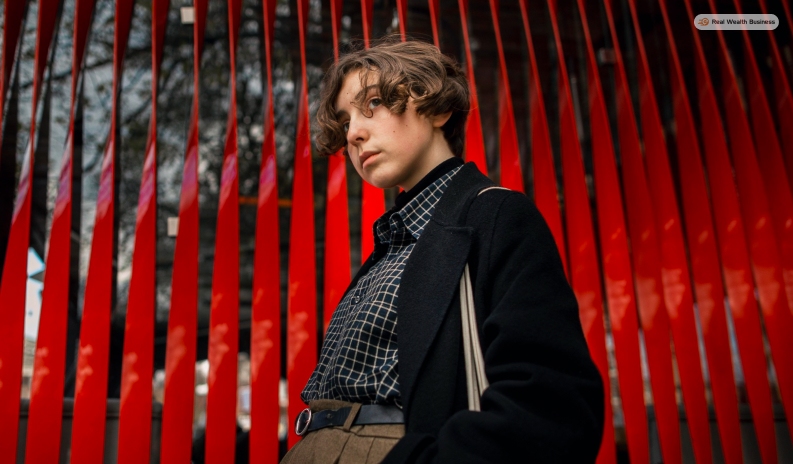
80s department stores changed our styles into fashion trends. From launching men’s power suits to making music videos popular, they set many trends.
Popular Fashion Trends and Merchandise in 80s Department Stores
The 1980s was an era of bold colors and new styles. Starting from shoulder pads for women to power suits for men, the 80s styles were much celebrated. Brands like Chess King were eminent stores in fashion during the 1980s.
Iconic Brands or Products Synonymous with 80s
As the 80s was an era of big sizes in fashion, the “Fashion Bug” emerged. They are a department store focused on plus-sized fashion. The T-shirt brand Gadzooks was born to disrupt 80s fashion, too. However, the high street brands took over, destroyed their style range, and introduced drifting fashion.
Shopping Experience in 80’s Department Stores
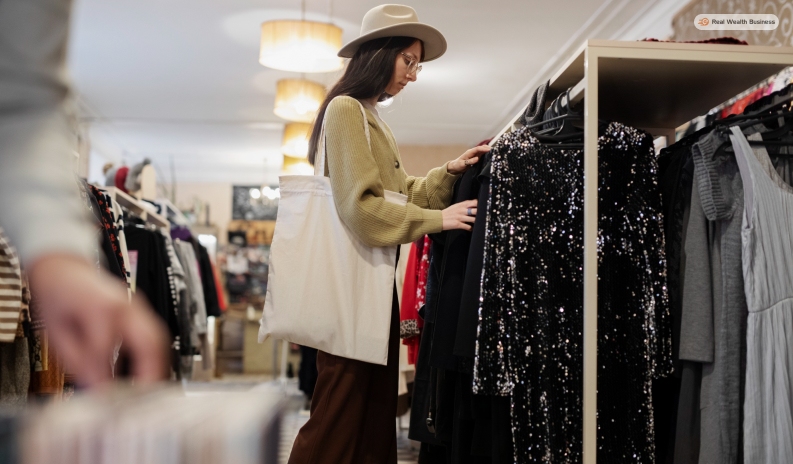
During the 80s, store shopping was nothing like now. Stores were small. Moreover, you did not have ambient lighting. But, there was something new every time you visited a store.
The Shopping Experience at Department Stores in the 1980s
80’s department stores did not have the product variety available today. New styles were introduced, but there was less variation. 80s was a trendsetting era. So, everyone wanted the same trending styles. Also, it was easy for the stores.
Fashion was more sustainable when we shopped in 80’s department stores. We did not have the internet or ecommerce back then. We flocked to stores to search for new fashion. Hence, brands like Gadzooks and Casual Corner could easily dictate fashion.
Customer Service, Store Layout, and Special Promotions/Events
Customer service witnessed big-time changes since the 80s. The stores did not have self-check-out. The attendants cautiously treated each customer. I have also observed that store designs of 80’s department stores were also unique.
Most department stores had a royal outlook with warm lights. Contrary to modern store designs, fewer products were displayed over an ample space.
But we eagerly waited to visit the 80’s department stores to check for new styles in apparel. This is because promotions and branding events were minimal.
Television ads were mostly informative and mostly without animation and graphics. Radio was still the most loved medium. But the department stores mostly used billboards. You must not forget how stores used mannequins outside stores to flaunt the latest fashion.
Things were different with the music department stores. They brought renowned musicians or held concerts. Event sponsorships were slowly creeping in.
Cultural Impact
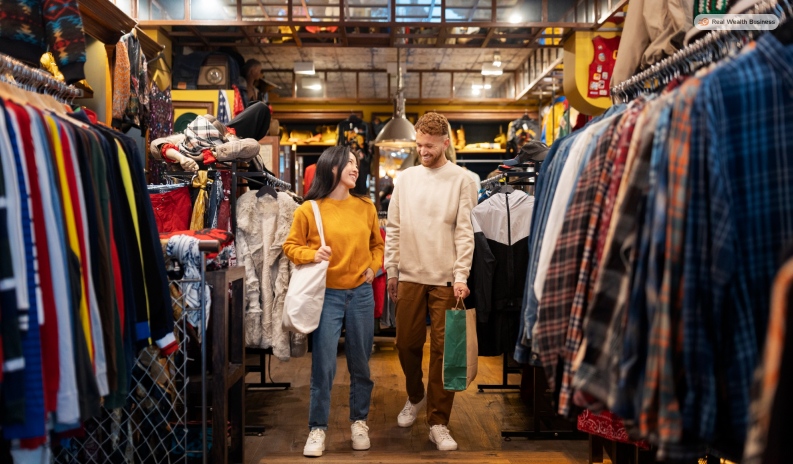
I find a great impact of 80s stores on the current shopping culture in America. That era started the first shopping hotspots, which are popular now.
The Cultural Impact of Department Stores in the 1980s
The cultural impact of the 80’s department stores outpaces their economic impacts. Above all, the department stores from the 80s created huge social mobility. Moreover, people from different classes shopped at the stores, irrespective of social hierarchy.
Shopping has become an essential part of social development. From politics to entertainment, everything was discussed in shopping hubs where department stores were located.
How They Influenced Consumer Behavior and Lifestyle Trends?
Department stores in the 80s brought the concept of premium pricing and price sensitivity for the first time. It introduced Americans to the concept of price as the index of quality. As a result, people started showing an affinity for high-priced products.
The lifestyle habits of people in the US also showed slight changes in the said era. The 80’s department stores introduced homogenous styling for the first time.
Before the 80s, we would probably gape at someone’s attire and stop. However, people in the 80s knew the store they would need to visit to get their hands on the style.
Decline of Department Stores

It’s a pity that many of the 80s stores lost track. Some were shut down. Others merged with bigger brands.
Decline of Department Stores in the Late 1980s
The deciding factor in US retail space is customer segmentation. The 80’s department stores tried to break the hierarchy and appeal to everyone.
However, brands like Walmart are oriented to target niches. For instance, the low-price segment of Walmart stores would never focus on the premium shoppers.
Shift Towards Online Shopping and Changing Consumer Preferences
The last nail to the coffin came in the form of digital retail. The ecommerce stores destroyed the joys of visiting a store to find new items. As a result, all locally owned department stores closed.
Only a few department stores from the 80s, like Macy’s or Sears, survived. They were anchored to local shopping malls. Therefore, they were exposed to various customer niches.
Though they exist, brands like Sears are not relevant anymore. In the US, people aged 18 to 45 prefer shopping online. Also, they have the highest purchasing power. In a few years’ time, the remaining few will also liquidate, like Waldenbooks or Babbage’s.
Legacy of ’80s Department Stores
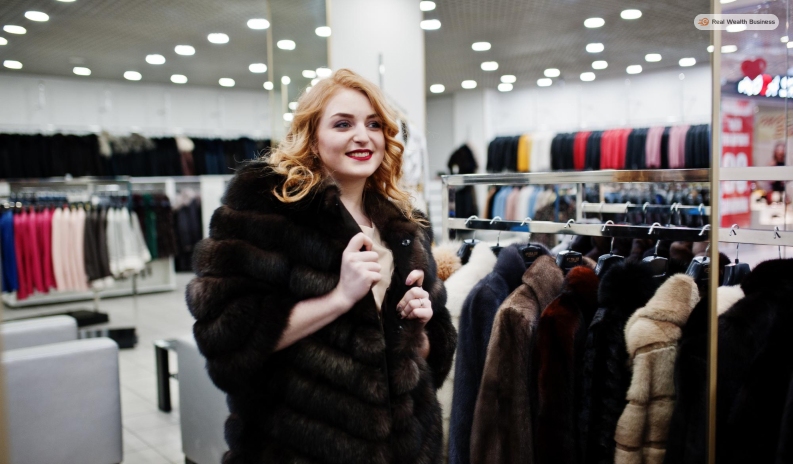
You surely don’t shop from a small store now for any of your needs. But you can’t ignore how 80s stores revolutionized socializing while shopping.
The Legacy of Department Stores From the 1980s
The department stores in the 80s remain nostalgic. I do brood on the good old days, killing some hours at a Border’s or the B. Dalton’s. Above all, the 80s era epitomized physical shopping.
I also think about the many brands that launched in the US market, holding their hands. Do you recall how Babbage’s launched GameStop successfully? But nowadays, I see most mass retailers leaning towards vertical integration.
The act of co-exiting is over now. Due to a shortage of time or lack of appetite, maybe you will never step foot in any of these small stores. But they remain in our memories as reference frames of ideal store shopping experiences.
Lasting Influences on Modern Retail Practices and Consumer Expectations
80s department stores greatly modernized shopping. There’s no doubt about it. They introduced us to branded products. I learned lifestyle shopping after Gadzooks came to the US. I also learned what brand loyalty really is from the department stores in the 80s. The long queues in front of Camelot Music stores were something else.
Conclusion
The 80s was a budding time for department stores. Their fandom was bigger than that of Target or Walmart. In other words, they introduced lifestyles and new trends and set the bars of socialization. All big brands looked up to these stores for launching their products. But their mass appeal did not last long.
The mass retailers came in with stronger capital power. The exposure and branding that they could offer to manufacturers are unmatchable. So, your beloved small department stores started losing out. 80’s department stores are almost dead now. So is store shopping. For example, I don’t have the time to visit a separate store for a single item. I would rather go to Target and shop for all my needs. That’s where the department stores from the 80s lost their way.
For More Business Related Informative Article Click Below!!



































































































